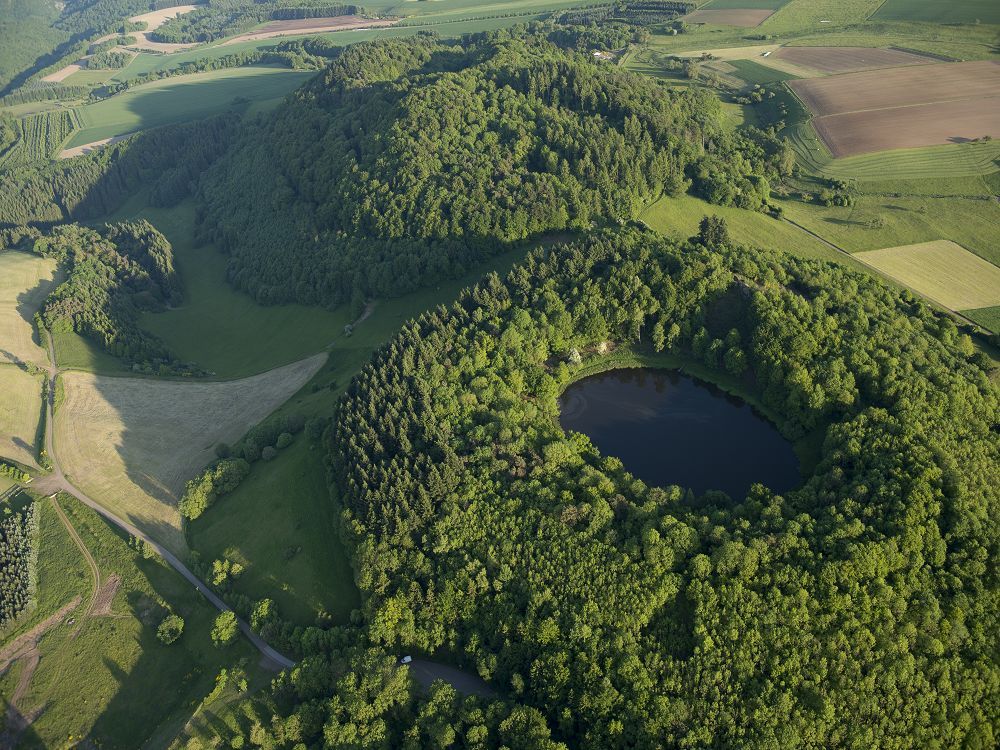22. Pulvermaar: moor, mountain, lake
22. Pulvermaar: moor, mountain, lake
The Pulvermaar is the northernmost of a group of volcanoes which stretches from north to south. Magma forced its way up through a conduit and came into contact with groundwater. Huge steam explosions blew the overlying layers of the existing massif into the air. Rocks which fell back into the crater or were broken off the crater rim and rolled back in created a cone-shaped funnel, the Strohner Märchen (little Strohn maar). On its northwestern rim more magma soon rose up again.
This time it did not meet any groundwater, but was ejected as lava and built up a cone which is now 65 metres high: the Römerberg (Mount Römerberg). The Strohner Märchen at the foot of the Römerberg slowly became silted up and is now a raised bog with a unique community of plants and animals. The last link in the chain was the Pulvermaar: A new vent formed to the northwest and led to the most violent explosions in this group of volcanoes.
Magma met groundwater once again and blew out a hollow space. As the layer of rock above collapsed, a crater formed which was once 200 metres deep. Bit by bit the rock of the crater rim was eroded away and deposits settled on the surface of the extinct volcanic vent. Nevertheless, the Pulvermaar, at 74 metres deep, is still the deepest of all the lakes in the Eifel. Around the maar you can see what the volcano ejected once upon a time: The formidable 20 metres high rim of the crater, made up of loose volcanic rock (tephra), is still almost complete and can be explored by following a circular path.
 English (UK)
English (UK)  Deutsch
Deutsch -b70cf32d.jpeg)













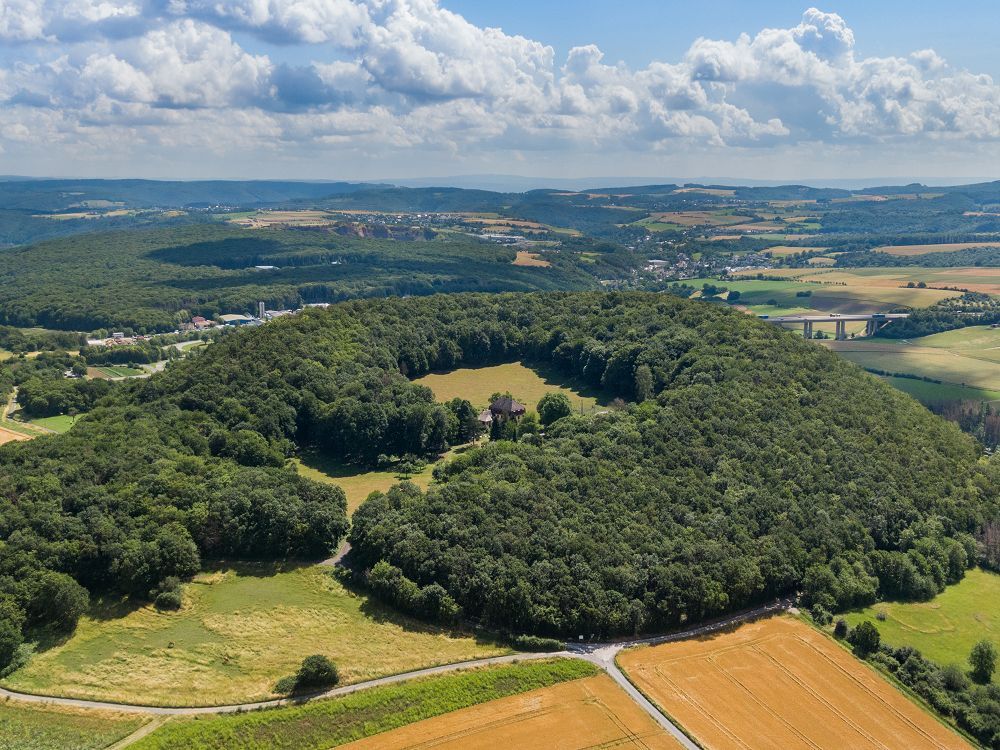

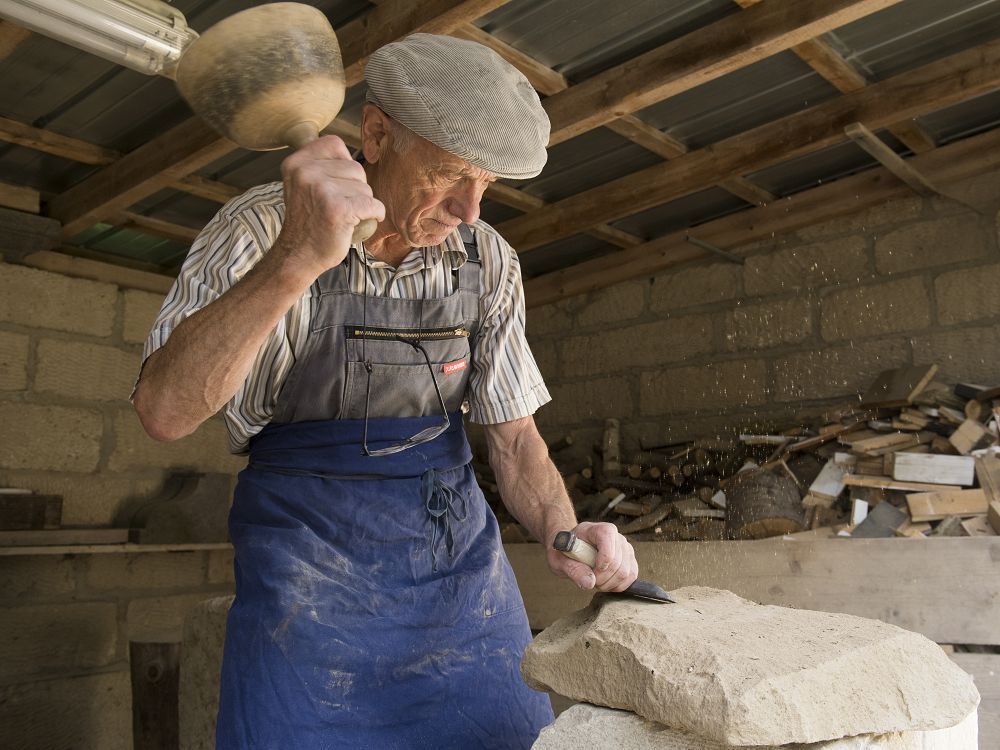

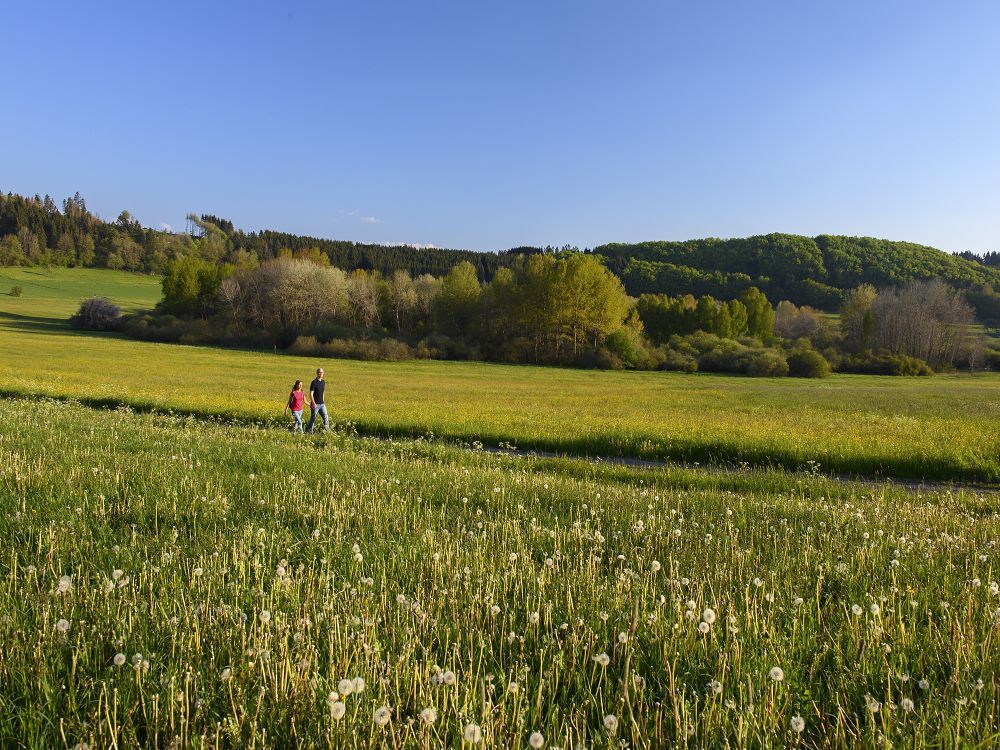


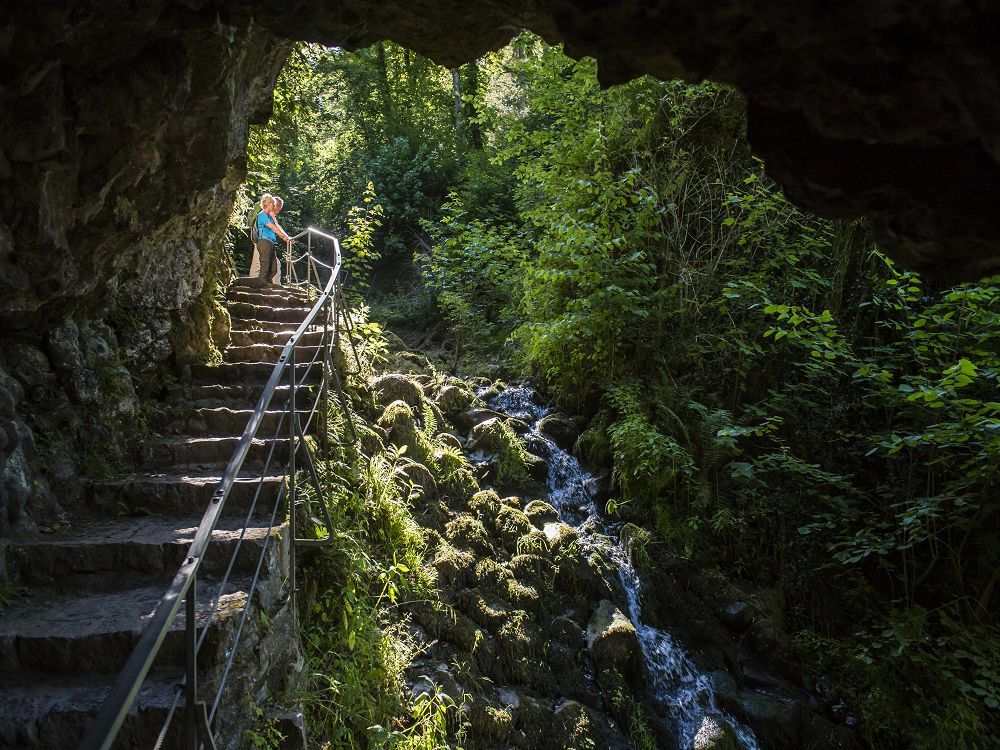

-df08adc9.jpeg)







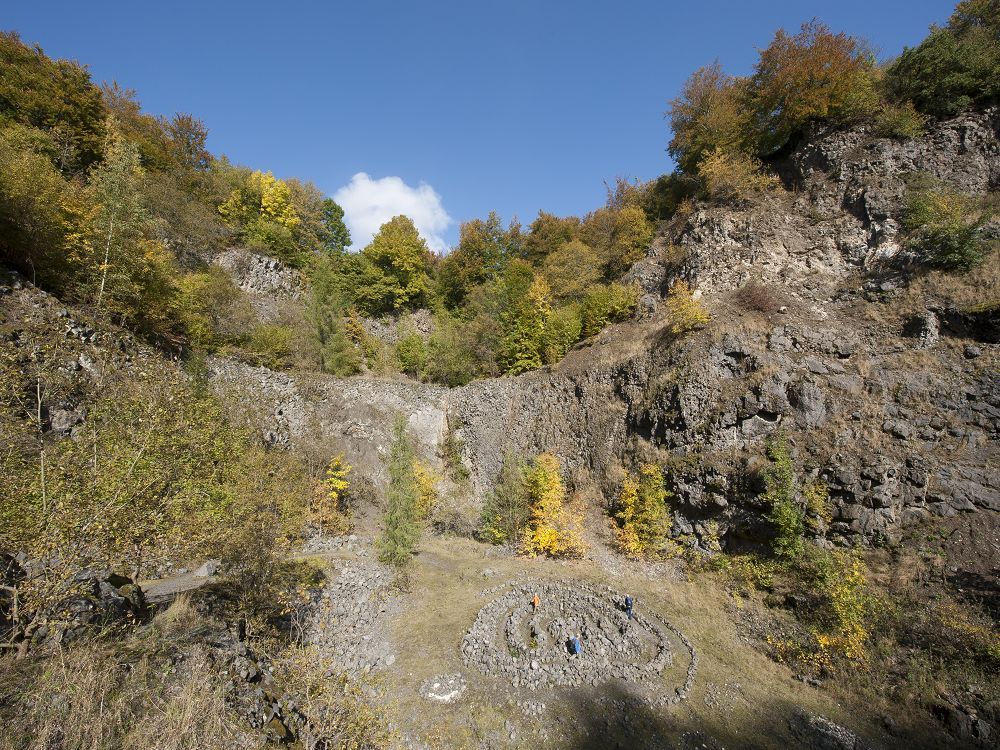
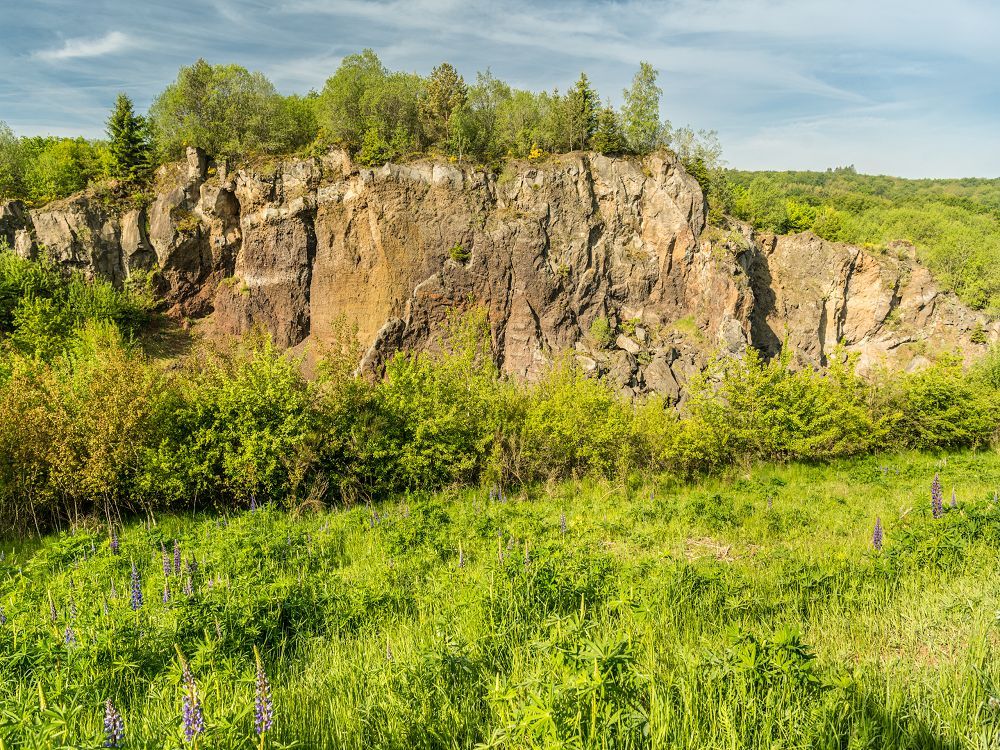
-a6d4c6f8.jpeg)



